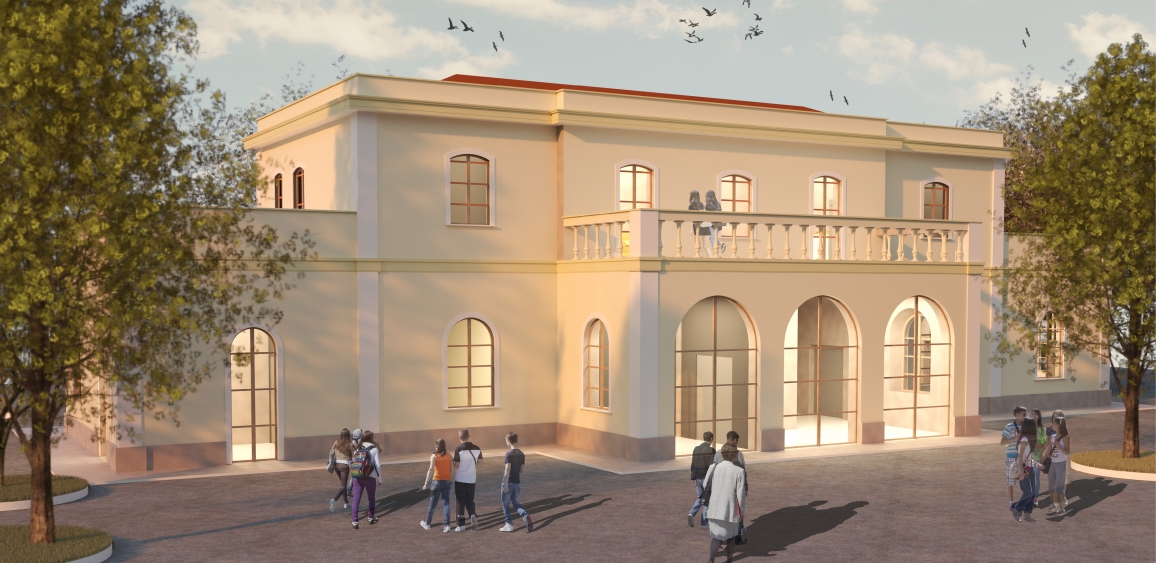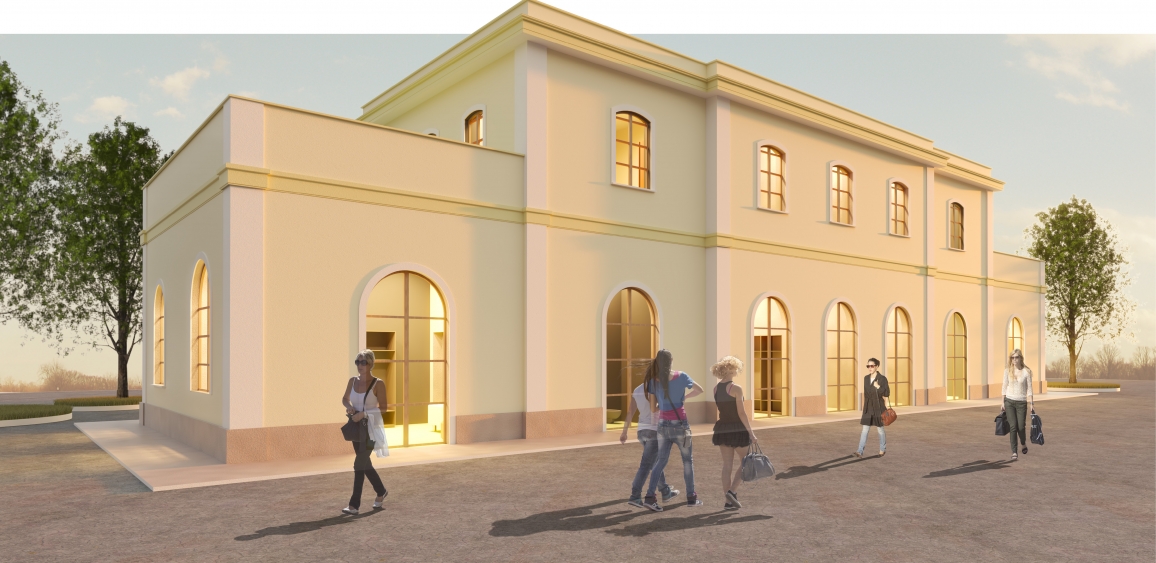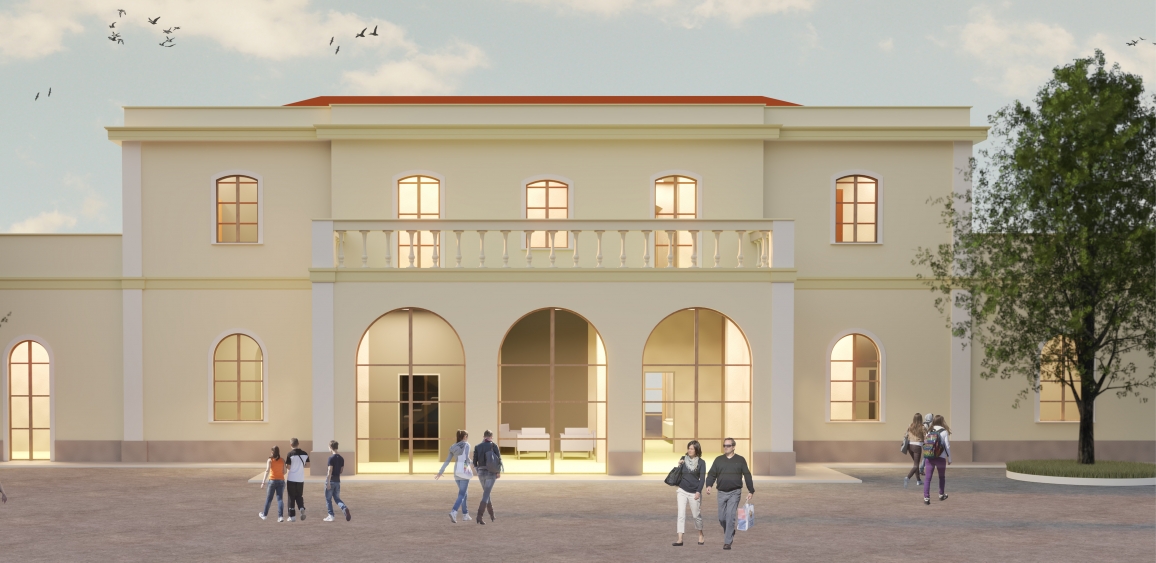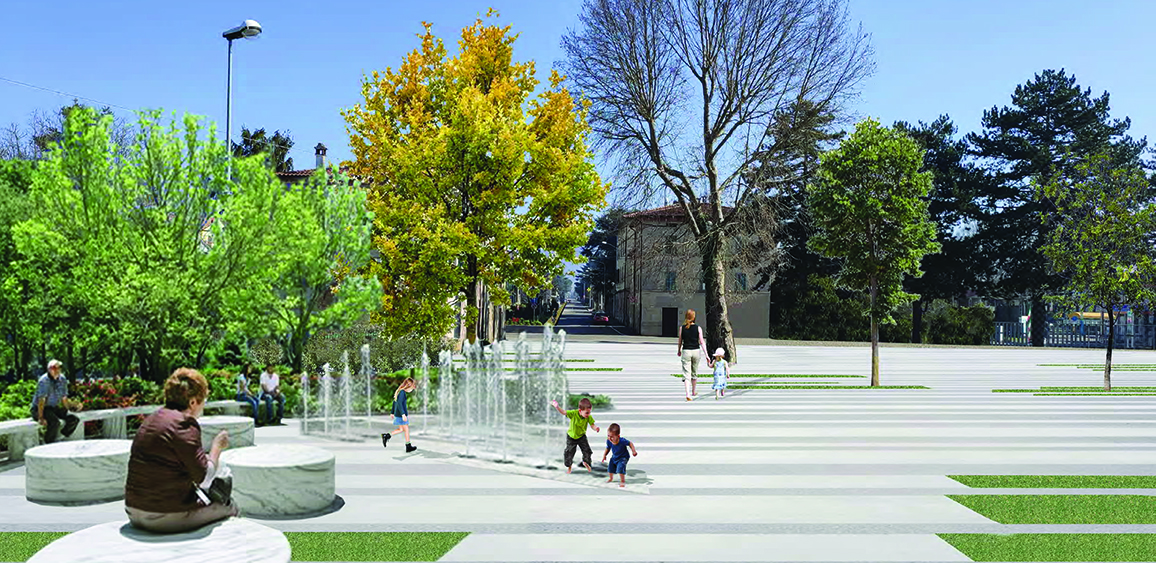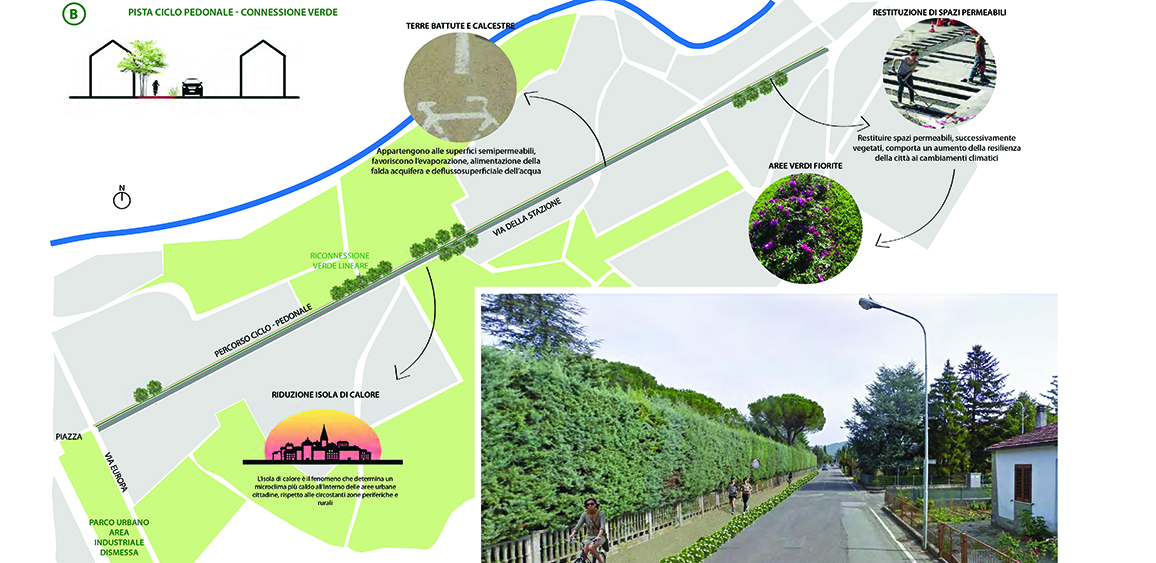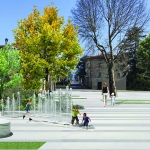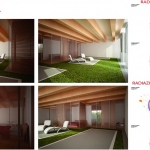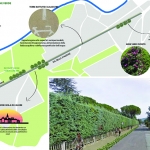The Umbria Region has joined the National Innovative Program for the Quality of Living (PINQUA) with two projects that enhance the regional heritage and increase social housing.
Living Umbria: emotions in movement
The intervention aims at the valorization and socio-economic redevelopment of a vast regional territory crossed from north to south by the Umbrian Central Railway (FCU). The re-functionalization of public spaces and buildings is activated through the reuse of the buildings of the FCU and in particular of the stations or parts of them not used that are re-functionalized and converted in part to residential use.
The regeneration of the socio-economic fabric will take place through the spread of services and social and cultural activities located on the ground floor of the stations; accessibility is proper to the FCU line that connects the railway stations transformed into gateways to the territorial system, providing the necessary services to commuters and travelers by connecting the other networks already existing. The territory will become accessible through sustainable mobility consisting of electric cars and motorcycles, normal bicycles and pedestrians who will find the train the easiest mean of transport.
The communication between the networks will make smart the territory of the cities and the surrounding environment in which the railway line can represent the backbone of the entire system while the individual stations the starting point for excursions, pilgrimages, visits to the historical, cultural and naturalistic landscapes of Umbria.
High Umbria 2030 – Regeneration Strategies
Alta Umbria 2030 is clearly a reference to the 2030 Agenda and in particular to the actions that Umbria is pursuing, such as those for the “territorial localization of the Regional Strategy for Sustainable Development“, where the proposed program can play an important role in the achievement of these objectives. The interested territorial/urban area is included between the municipalities of Città di Castello, Citerna, San Giustino, Umbertide, Pietralunga, Montone and Gubbio and involves a population of 106.230 inhabitants.
The project proposal is aimed at the recovery of public and private assets with multiple purposes: to increase the endowment of social housing (ERS) and implement a series of interventions aimed at providing a functional mix for activities of urban-local service, for the provision of public spaces and equipment, for the provision of ecosystem services and to fight climate change, to start processes of social innovation.
Italiano
